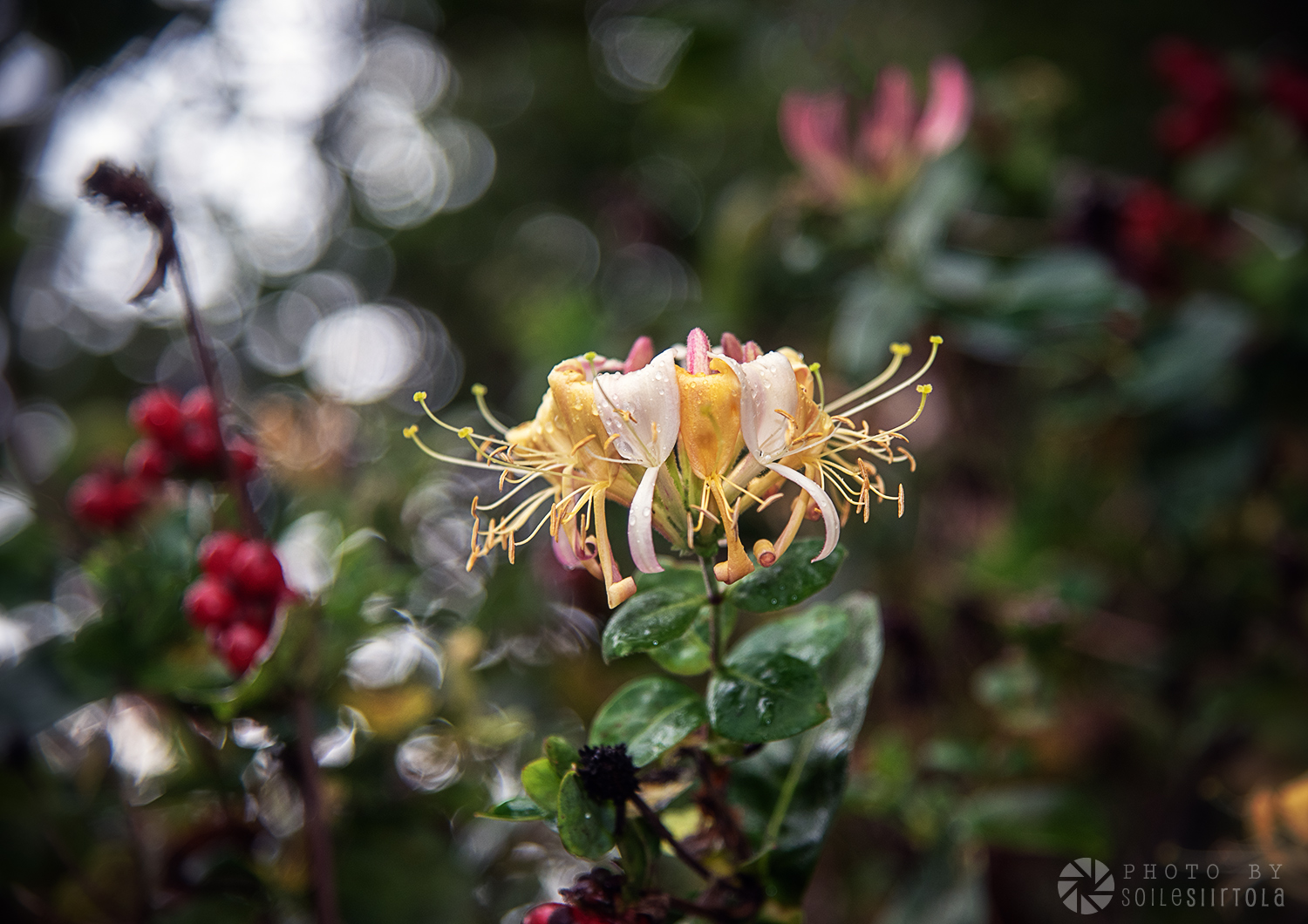LUT
LUT is the short form of «Look Up Table» and is basically a preset which can change the color settings of photos and videos. Usually they are used for video footage, but by using Photoshop, you can also apply LUTS to your images.
A Look Up Table, or LUT, is essentially a digital file that transforms the color and tone of your image. It essential can convert colors and details in a source file to a new destination state. For example, you can use a LUT to convert a modern digital photo to the color and tone of an older film stock. Or perhaps to convert between a color image to an aged black and white treatment.
A LUT essentially transforms tone and color based upon settings chosen by the creator of the LUT. Each RGB combination of color has a new value assigned.
Continue
About filters

LINKS
» REVERSE ND
»Köpguide för ND-filter
»Tokina Hydrophilic water dispersion filter
TILLVERKARE (Specialiserade)
An Introduction To Macro Photography
HYPERFOCAL DISTANCE
» Find and Use Hyperfocal Distance for Sharp Backgrounds
Digital Photography School» Hyperfocal Distance Explained + Free Calculator
Pixels and Wanderlust» How to Use Hyperfocal Distance For Sharper Pictures
ExpertPhotography
» How to use the hyperfocal distance table
PhotoPills
Preset aperture lenses
The preset aperture mechanism — a click-stopped ring to set the stop-down aperture accompanied by a stopless ring that smoothly moves between wide open and the aperture preset on the other ring — has several advantages for digital cameras:
– Digital cameras generally can’t automatically stop-down a manual lens when you press the shutter button, so they behave exactly like the film bodies that were expected to be behind preset lenses.– I’ll often preset the aperture at the smallest aperture that will not degrade the image quality by diffraction or sharply-imaging dust, then just use the stopless ring to vary within the acceptable range.
– The stopless ring allows changing the aperture during videos without steps or click noises.
LINKS
» Preset Aperture Lenses – How They Work And Why You Need At Least One
By Retro Photo House
Flash experiments for awhile back
Test with the pop up flash on D750. Lens probably the 24-120. Or the 50? Have to found the originals.
Interesting…had forgot all about this. Need to try it properly.https://photosbysoile.extremmetal.se/2018/09/10/10-september-2018-regn/
![Fotostuff [private page]](https://usercontent.one/wp/helios.extremmetal.se/wp-content/uploads/2024/10/cropped-DSF4900.jpg?media=1680243076)







